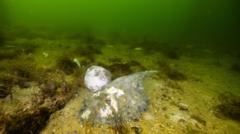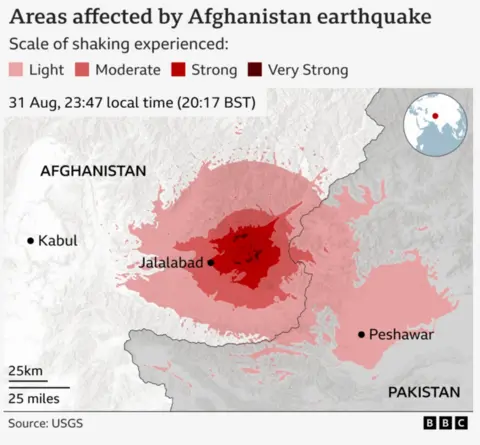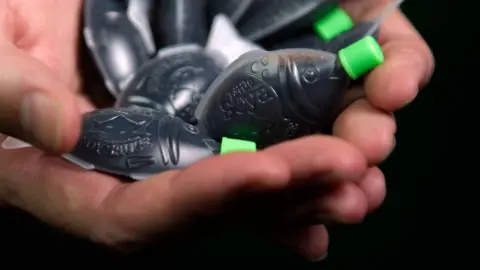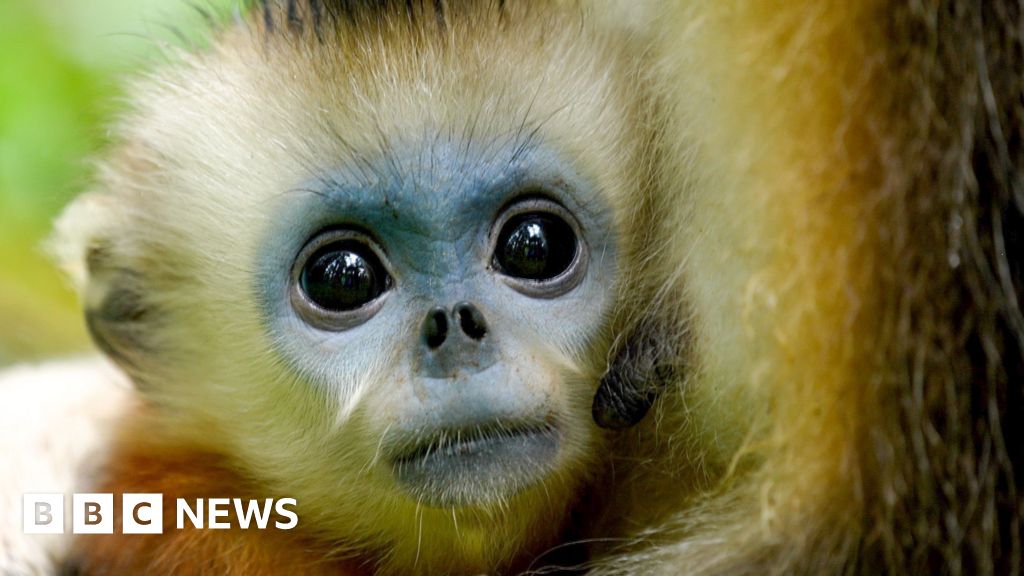The text:
A toxic algal bloom, which has transformed South Australian waters into a toxic green expanse, has been officially labeled a "natural disaster" by the state's premier, Peter Malinauskas. This disaster, which began expanding in March, has now grown to be twice the size of Australia's capital territory, significantly impacting marine life and local industries.
Despite the dire situation, the federal government has rolled out an A$14 million ($9 million; £6.7 million) assistance package. However, it has resisted officially designating the algae outbreak as a natural disaster, a classification typically reserved for cyclones, floods, and bushfires. This label would facilitate a more substantial federal response.
Reports indicate that over 400 species of marine life have perished as a result of the algal bloom, which is propelled by rising ocean temperatures, marine heatwaves, and nutrient pollution—a phenomenon directly linked to climate change. Premier Malinauskas voiced his concerns during an interview, stating, "This is a natural disaster and should be acknowledged as such... I think politicians can do themselves a disservice when they get caught up in technicalities."
In a bid to address the situation, Malinauskas announced that his government would match the federal funding of A$14 million for research, cleanup operations, and support for affected industries. Sarah Hanson-Young, a Greens Senator for South Australia, criticized the federal government, arguing that a more prompt response would have occurred if the issue were affecting more affluent beach areas like Bondi or North Shore in Sydney.
Federal Environment Minister Murray Watt commented that while the consequences of the algal bloom are "incredibly disturbing," it does not meet the criteria to be classified as a natural disaster under current laws. Stretching from Coorong to the Yorke Peninsula, the bloom is devastating local ecosystems and resulting in the death of marine life along the coastline, leading to significant economic ramifications for the local fishing industry.
Ian Mitchell, who brokers relationships between fishers and retailers, reported distress among fishermen, stating, "I've got fishermen in tears on the phone," as some have seen zero income for months due to the detrimental effects of the algae bloom. Observers, including Brad Martin from OzFish, describe the unsettling scene as akin to a "horror movie for fish," highlighting the extensive and haunting impact of this environmental disaster.
A toxic algal bloom, which has transformed South Australian waters into a toxic green expanse, has been officially labeled a "natural disaster" by the state's premier, Peter Malinauskas. This disaster, which began expanding in March, has now grown to be twice the size of Australia's capital territory, significantly impacting marine life and local industries.
Despite the dire situation, the federal government has rolled out an A$14 million ($9 million; £6.7 million) assistance package. However, it has resisted officially designating the algae outbreak as a natural disaster, a classification typically reserved for cyclones, floods, and bushfires. This label would facilitate a more substantial federal response.
Reports indicate that over 400 species of marine life have perished as a result of the algal bloom, which is propelled by rising ocean temperatures, marine heatwaves, and nutrient pollution—a phenomenon directly linked to climate change. Premier Malinauskas voiced his concerns during an interview, stating, "This is a natural disaster and should be acknowledged as such... I think politicians can do themselves a disservice when they get caught up in technicalities."
In a bid to address the situation, Malinauskas announced that his government would match the federal funding of A$14 million for research, cleanup operations, and support for affected industries. Sarah Hanson-Young, a Greens Senator for South Australia, criticized the federal government, arguing that a more prompt response would have occurred if the issue were affecting more affluent beach areas like Bondi or North Shore in Sydney.
Federal Environment Minister Murray Watt commented that while the consequences of the algal bloom are "incredibly disturbing," it does not meet the criteria to be classified as a natural disaster under current laws. Stretching from Coorong to the Yorke Peninsula, the bloom is devastating local ecosystems and resulting in the death of marine life along the coastline, leading to significant economic ramifications for the local fishing industry.
Ian Mitchell, who brokers relationships between fishers and retailers, reported distress among fishermen, stating, "I've got fishermen in tears on the phone," as some have seen zero income for months due to the detrimental effects of the algae bloom. Observers, including Brad Martin from OzFish, describe the unsettling scene as akin to a "horror movie for fish," highlighting the extensive and haunting impact of this environmental disaster.



















